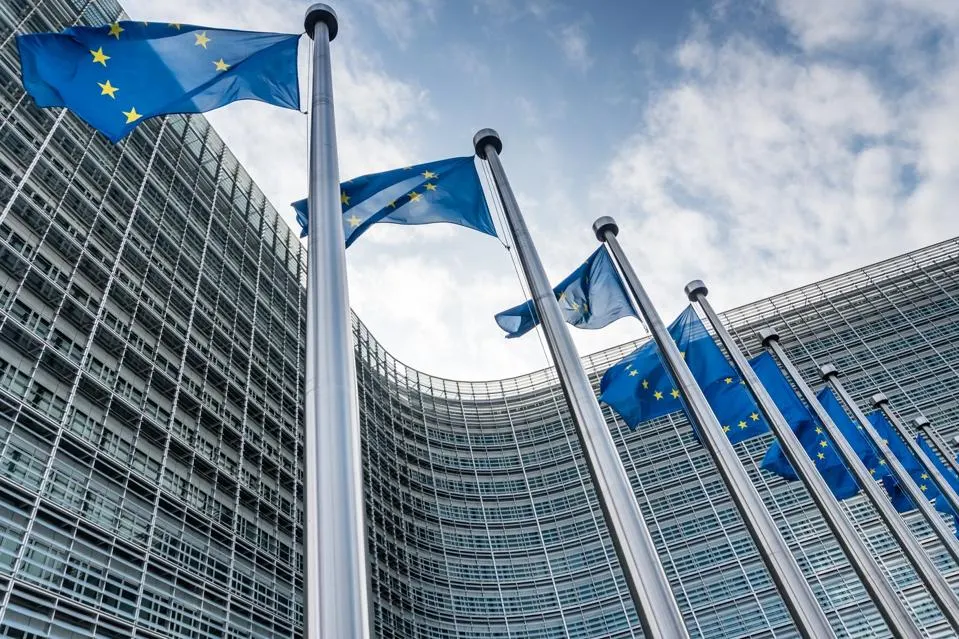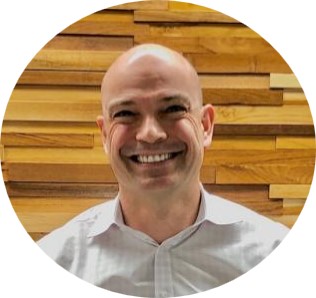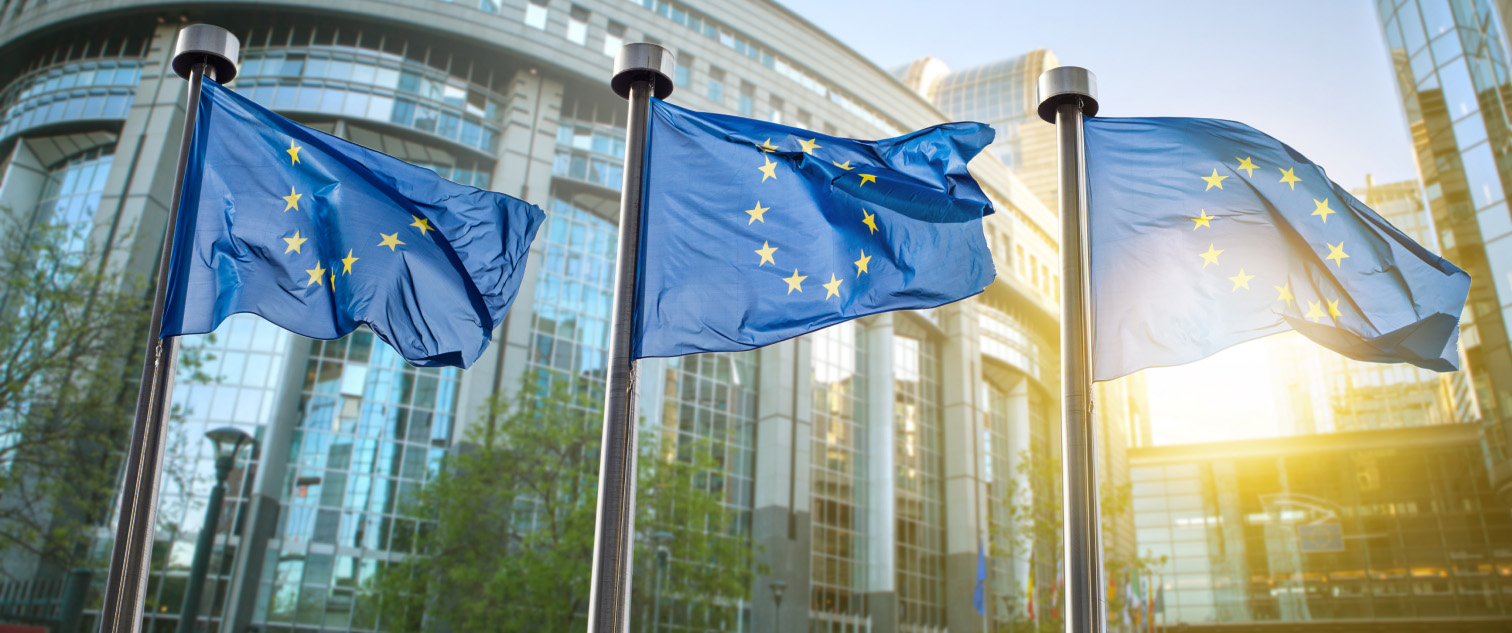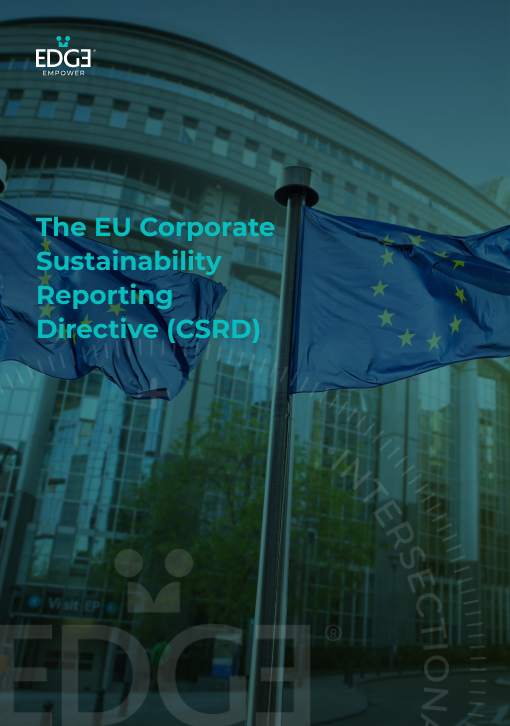Awareness events like International Women’s Day, celebrated a month ago on March 8, help shed light on the status of women’s struggle for true equality in the workplace.
Despite the evolution of women’s roles in the workplace since the United Nations began observing IWD almost fifty years ago, many women continue to navigate environments originally designed for and by men, facing systemic biases both overt and subtle. While legislation mandating equal pay represents progress, it alone is insufficient for fostering truly equitable workplaces.
There’s a critical need for the principles celebrated on IWD to be integrated and normalized throughout the year, ensuring that efforts for a truly equitable workplace aren’t confined to a single day but are a continual, evolving pursuit.
In 2024, it should go without saying that striving for gender equality inside and outside the workplace is our collective moral obligation. No one should suffer from a lack of opportunity or an inferior quality of life because of their gender.
In our experience supporting organizations through the process of tackling gender inequality in their workplaces, this is an earnestly held belief for many leaders. But the process of turning this belief into measurable action requires a holistic, data-led strategy.
For 14 years, we have empowered organizations to build DE&I policies and practices that:
- Increase the share of female employees in leadership positions
- Develop internal mentorship and development programs to aid women’s progression
- Recruit, develop, retain and promote female talent
- Measure, report on and close their gender pay gaps
- Obtain and progress through the levels of the world’s leading Diversity, Equity and Inclusion (DE&I) certification
Here are seven steps organizations can take towards addressing gender inequality in the workplace, with examples from the organizations we support.
1. Measure and report on pay equity
Pay equity is a necessary condition of a fair workplace. It is also something many organizations don’t realize they are struggling with.
Equileap’s 2024 Gender Equality Global Report found that of almost 4,000 companies, only 41 had successfully closed their gender pay gap and only 32 had achieved gender balance at all levels. Despite equal pay for equal work being a requirement in 100 countries worldwide, the gender pay gap still stands at 18% in the US and 13% in the EU.
Many people might find the existence of these inequities hard to believe – after all, 100 countries worldwide have legislation requiring equal pay for equal work, according to the World Bank. But these inequities are often created behind closed doors; during negotiations and decision-making processes for salary, bonuses, company shares, and other cash benefits.
With gender pay gap reporting becoming increasingly commonplace and stringent – including the EU’s new directive for pay transparency in 2023 – organizations that aren’t conducting regular gender pay gap assessments risk being penalized for pay inequities they didn’t know they had.
EDGE Empower® uses a proprietary framework to measure and report on the unexplained gender pay gap using a linear regression model. The EDGE Unexplained Gender Pay Gap Methodology reveals the difference in pay between men and women performing work of equivalent value that cannot be explained by factors other than gender.
We have been supporting the European Investment Fund (EIF)’s ambitions of becoming a more equitable organization since 2020 and, as part of these efforts, they have been conducting yearly gender pay gap assessments. These assessments have been instrumental in the EIF’s progression through the levels of EDGE Certification, exemplifying the impact of proactive measures in addressing gender inequality in the workplace..
“We are dedicated to conducting yearly gender pay gap assessments which cover base salaries, awards and other cash benefits using the regression analysis and under the responsibility of the HR department who also proactively communicate on the EIF’s commitment to ensure gender pay equity,” says Frédérique Schepens, Head of Human Resources at the EIF.
2. Set achievable targets
When we work with organizations to help find solutions to addressing gender inequality in their workplaces, there’s an element of education that goes into it. Often, this education is around target-setting. A common mistake that organizations make in their mission to be more equitable is being too ambitious.
Let us explain. If you were looking to improve the financial performance of your business, you wouldn’t say: “We want to be the most profitable company in our sector worldwide within 12 months” with no data to back up whether this is an achievable target.
Workplace gender equality is the same. While enthusiasm for gender equality is always appreciated, simply deciding to become a more equitable organization does little to help organizations get there. You need to understand your current situation and benchmark against competitors, then set realistic targets and develop a strategy for making them a reality.
As Janet P. Pope, North America CSR Director at Capgemini, puts it: “The process provided by EDGE allowed us to create a benchmark against our competitors and really examine where we had successes and opportunities to improve. The recommendations provided by EDGE helped us elevate conversations and create better strategies that get to the root cause of how to grow gender balance across levels. In the US, we transitioned from a broad approach to a strategic focus on actions that would accelerate impact.”
Similarly, we have been working with the International Monetary Fund since 2017. Their long-term efforts to address gender inequality have seen them progress through the levels of DE&I certification and increase the share of women in senior management from 25% to 37%. At the Executive Board level, the share of female Executive Directors has risen 11% – from 8% to 17% – since 2019.
3. Develop your female workforce
Representation at senior levels is one of the most important matters an organization should tackle to address gender inequality in the workplace. Research from McKinsey & Company shows that companies with the greatest representation of women on executive teams had a 39% greater likelihood of financial outperformance compared to companies in the bottom quartile of gender diversity.
However, recruiting a diverse workforce can seem daunting. Many organizations don’t know where to begin.
The answer is: begin with your existing workforce. Female employees often have a harder time accessing mentorship and building relationships with senior figures who can help them advance in their career. More worryingly, their efforts frequently go unrecognized.
A 2022 study from the Massachusetts Institute of Technology (MIT)’s Sloan Management School found that despite women receiving higher performance ratings on average, they received 8.8% lower ratings for ‘potential’. As a result, women were 14% less likely to be promoted compared to their male colleagues.
Putting the onus on women to advocate for their own career development is therefore an insufficient strategy and does little to remove the systemic barriers restricting female talent. If men’s invitation to progress is implicit, women’s invitations must be explicit.
Several of the organizations we work with have introduced mentorship programs as part of their long-term strategy to eliminate gender equality, such as AXA IM’s Emerging Female Talent program or the Inter-American Development Bank’s Emerging Women Leaders program, which has amassed more than 280 graduates since it was introduced.
“Our EDGE Certification® has also helped us strengthen our platforms and resources for women employees to succeed,” comments Ria Jordan, former Diversity, Equity and Inclusion Advisor at Inter-American Development Bank. “The women who have taken advantage of these platforms understand that it is time to change the diversity among our leadership teams and have demonstrated a dedication towards fostering new forms of leadership and empowerment within the organization.”
4. Un-bias your processes
One of the hardest things to do for any individual or organization in recognizing and addressing gender inequality in a workplace is to take a hard look at what barriers we have unintentionally put in place.
We all exist in a world where men have historically been given more professional opportunities than women, where employees are 72.3% more likely to have a CEO named David than a CEO who is female and if someone asks you to picture a homemaker, the person in your mind’s eye is usually a woman.
We all have gender biases – including women – and when we’re placed in decision-making roles, this bias can unconsciously reinforce gender inequality.
An organization’s processes are therefore likely to have some element of gender bias. Part of being committed to gender equality is unbiasing these processes and ensuring your workforce – particularly your decision-makers – are equipped to spot and resolve the signs of bias in themselves and others.
“What we consider to be particularly important is awareness of the unconscious bias we all have, which is why we launched unconscious bias training,” says Susanne Jud, Chief People Officer at Ringier AG. To make their processes more inclusive, Ringier AG began holding workshops and establishing working groups to ensure that employees’ voices were taken seriously and to sensitize their workforce to issues of diversity.
The European Investment Fund has also been tackling unconscious bias in their recruitment processes.
As Frédérique Schepens explains: “In a bid to eliminate bias from the very start of the recruitment process, in 2021 HR drafted a short guide for recruiting managers to encourage them to see past their unconscious bias. This guidance is now systematically shared with hiring managers during the launch of each recruitment campaign. In addition, there is a clear emphasis on the need for the list of candidates to contain sufficient gender and nationality diversity in proportion to the overall list of applicants. In the case where the balance is not respected, HR may propose a re-publication with an aim of attracting a more diverse selection of candidates.”
5. Allow flexible working
Being committed to tackling workplace gender inequality means understanding that women face inequalities beyond the workplace and having policies in place that support them. Despite decades of progress on gender roles in relationships, women are still usually the primary caregivers for children and other family members and perform the majority of unpaid household labor.
Some estimates put the average amount of unpaid labor and care provided by women at more than double that of men. As a result, working mothers are 23% more likely to experience burnout than working fathers.
Flexible work allows mothers and women with other caring responsibilities greater work-life balance and frees up both time and money in their days that would’ve otherwise been spent commuting. It also creates potential for their partners to take on more household labor and caring duties and starts to redress the imbalance between male and female colleagues, allowing women the opportunity to perform better at work.
UNICEF was the first UN agency to start working with EDGE in 2018, and we have since helped them progress through the levels of DE&I certification. In late 2020, they introduced a system to capture data from exit interviews, which highlighted that many families had no access to childcare support. This prompted them to increase workplace flexibility.
Similarly, Neil Carr, President of Dow Europe, Middle East, Africa and Europe says: “Employers the world over are losing the critically valuable contributions of their female workforce, and we’re losing it to the other critical role women predominantly occupy: That of mother and of household and family caregiver. Now is the time to act because the professional workforce thrives on the contributions and diverse perspectives of women. We perform at our best when women have a seat at the table.”
6. Implement equal parental leave
Equal parental leave is important not just for the wellbeing of the child and so both parents have time to bond with their newborn, it also alleviates some of the burden placed on women as they recuperate from childbirth and creates a precedent for the equal division of household labor moving into parenthood.
A new mother’s partner taking parental leave is associated with a 34% increase in the likelihood of a woman being physically ready to return to work.
Working with EDGE has helped several global organizations pinpoint and redress inequities in their parental leave policies. As Ria Jordan, Diversity, Equity and Inclusion Advisor at Inter-American Development Bank, tells us:
“One of the areas identified for development during the first EDGE certification process was the inequity in our parental leave policies. At that time, the IDB Group had separate policies for men and women (maternity and paternity leave). We recognized, then, that our policy was not gender-inclusive and that we needed to focus on both men and women equally.”
“Moreover, we saw an opportunity to create greater work-life integration for all employees with caregiving responsibilities regardless of gender. The decision to revise our parental leave policy was and continues to be a visible transformative action inside the IDB Group in support of all genders.”
Other partner organizations that are actively looking for solutions to addressing gender inequality in the workplace and encouraging fathers to take full parental leave include the European Investment Fund, the International Finance Corporation, AXA IM and Banco BHD León.
7. Consider issues outside of the workplace
Gender inequality has consequences far beyond the workplace. Similarly, resolving these inequalities can have a positive ripple effect that uplifts employees, customers and the communities connected to your business.
This is something that the Inter-American Development Bank has a clear understanding of.
“The IDB Group finances its operations by issuing bonds in the international capital markets and the financial rating agencies are those that assign us our credit ratings, which have been triple-A since 1962,” explains Ria Jordan. “Increasingly, these rating agencies are looking at social elements such as diversity as a component for our qualifications.”
Ria notes that positive rating scores can help lower borrowing costs for their clients in Latin America and the Caribbean, which have been facing one of the worst economic crises in their history. These lower borrowing costs will help these countries focus on economic recovery and ultimately support gender equality.
The IDB Group has also developed the Vision 2025 agenda supporting economic recovery in Latin America and the Caribbean. This agenda includes the “Women Growing Together In The Americas” program in partnership with Accenture, Facebook, Mastercard, NEC, Visa and Walmart, which supports women-led micro, small and medium-sized enterprises (MSMEs), integrating their businesses into regional value chains and foreign trade.
Other EDGE partner organizations are considering the crossover between their female workforce’s personal and professional lives through hybrid work models, digitalization and, in the case of UNICEF, allowing staff deployed in humanitarian emergencies to rotate to family duty stations.
“Issues of gender and diversity are very much embedded into countries’ social fabrics and local cultures, and to achieve progress we have to consider local dynamics and histories carefully. While UNICEF’s top leadership is committed to gender equality and DEI in general, we need to ‘trickle down’ that commitment into daily behaviors everywhere,” comments Geeta Narayan, UNICEF’s Principal Advisor on Organizational Culture.
Tackling gender inequality can be a daunting challenge. That doesn’t mean we should let ourselves be overwhelmed by it. There are actionable, measurable and industry-proven steps your organization can take to minimize gender inequality both inside and outside of your workplace.
We’re here to support you on this important journey of addressing gender inequality in the workplace
Request your EDGE Empower demo here.
Download PDF

















